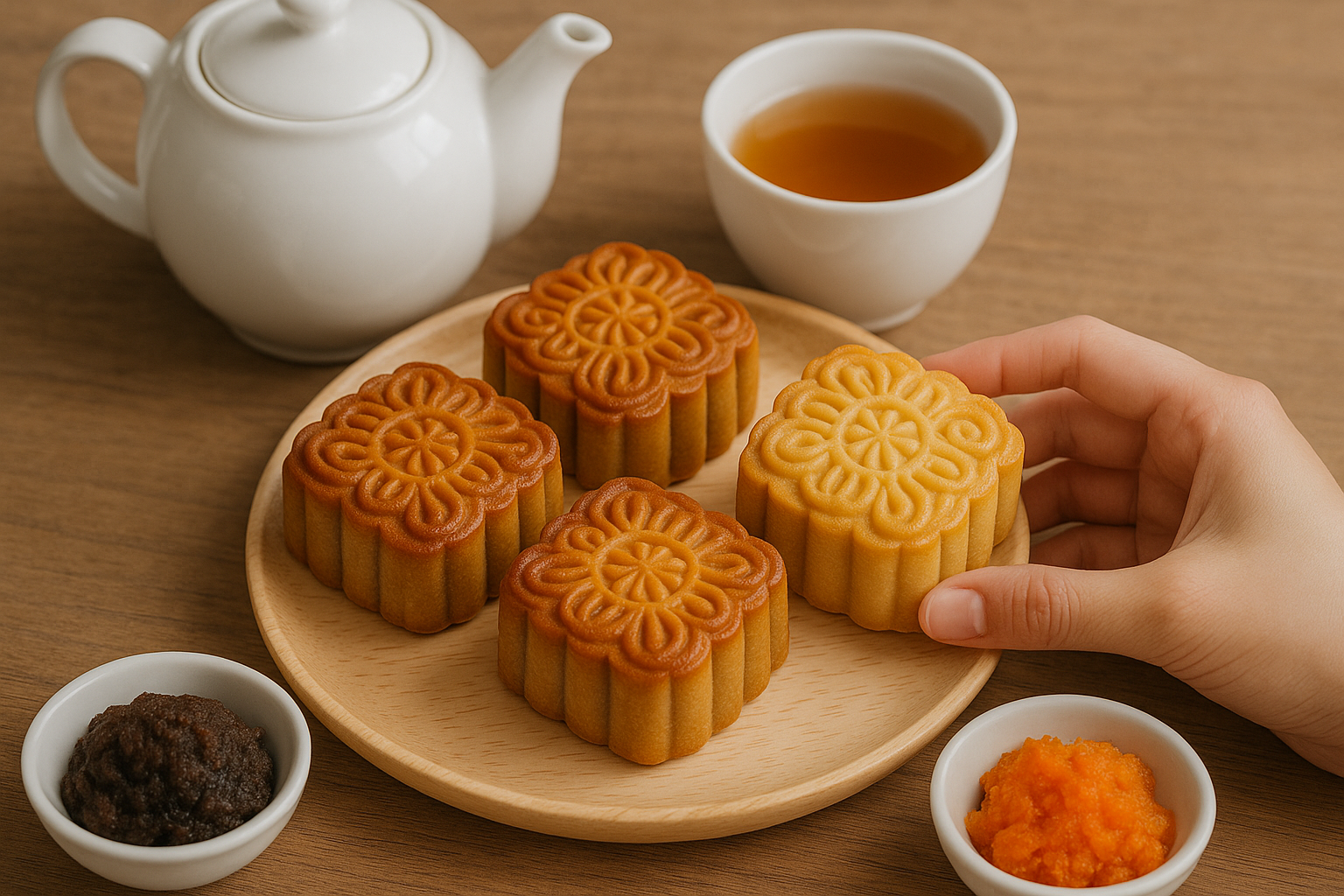Keeping baby bottles clean is essential for your infant’s health. Cleaning baby bottles in a dishwasher is an efficient way to sanitise them. It requires little effort and ensures they are properly cleaned.
This guide shows you how to safely clean and sterilise baby bottles in a dishwasher. Follow these steps for hygiene and safety.
Is It Safe to Wash Baby Bottles in a Dishwasher?

Yes, washing baby bottles in a dishwasher is safe if they are labelled as dishwasher-safe. Most modern bottles can handle high temperatures. But, always check the manufacturer’s guidelines. For proper sanitation, use a hot wash cycle. Also, place bottles in the top rack to keep them away from direct heat.
How to Clean Baby Bottles in a Dishwasher?
To clean baby bottles in a dishwasher, follow these simple steps:
- Disassemble all parts. Separate the bottles, nipples, rings, valves, and caps. This helps to ensure a thorough clean.
- Rinse bottles right away. Use warm water to wash off any leftover formula or breast milk. This stops residue from building up.
- Use a dishwasher basket. This holds small parts, like nipples, caps, and valves, securely and ensures they are cleaned evenly.
- Load bottles properly: Position bottles upright on the top rack for effective washing.
- Choose the right settings: Select a hot water cycle and heated drying option. This will kill germs and remove excess moisture.
- Let bottles air dry. After washing, make sure all parts are completely dry before putting them back together and storing.
Where to Place Baby Bottles in the Dishwasher?
Placing baby bottles in the dishwasher correctly is crucial for even cleaning.
- Put bottles on the top rack to protect plastic parts from the high heat of the bottom heating element. This placement also allows water and detergent to circulate effectively.
- Turn the bottles upside down this lets water reach the inside and rinse out any milk residue. This prevents build-up and ensures a deep clean.
- Arrange parts separately so that no components block the water spray. Putting nipples and rings in a special basket stops them from getting lost and makes cleaning easier.
What Type of Dishwasher Detergent Should You Use for Baby Bottles?
Using the right dishwasher detergent for baby bottles keeps harmful residues from staying after washing.
- Use a fragrance-free, non-toxic detergent to avoid exposing your baby to unnecessary chemicals. Baby-friendly options are free from harsh chemicals, dyes, and artificial scents.
- Select a detergent without phosphates and bleach to prevent irritation. These chemicals can leave residue on bottle surfaces. This may harm your baby’s health.
- Choose eco-friendly or baby-safe detergents made for sensitive items. This includes baby bottles, pacifiers, and breast pump parts.
Which Dishwasher Cycle is Best for Cleaning Baby Bottles?
Selecting the right dishwasher cycle for baby bottles ensures effective cleaning and sterilisation.
- Choose the sanitise cycle if available. This cycle heats water above 150°F. At this temperature, bacteria and germs die quickly.
- Use the heated drying feature to prevent mould growth. Using heat to dry bottles removes moisture that can cause bacteria to grow.
- Steer clear of short or eco-friendly cycles. They might not get hot enough for proper sanitation. A full wash cycle is recommended for baby items.
How to Dry Baby Bottles After Washing?
Drying baby bottles thoroughly after washing prevents bacteria growth and keeps them clean. Follow these simple steps:
- Ensure all parts are dry before reassembling: This helps prevent mould and mildew from forming inside the bottles.
- Use a clean drying rack: Air-dry bottles on a drying rack instead of using a cloth towel, which can harbour bacteria and transfer germs.
- Allow for proper ventilation: Keep bottles in an open, ventilated space to help moisture evaporate naturally. Avoid storing them in closed cabinets until they are completely dry.
Do You Need to Sterilise Baby Bottles After Dishwasher Cleaning?
Sterilizing baby bottles after dishwasher cleaning depends on your baby’s health and age.
- For healthy full-term infants, a hot water wash and a heated drying cycle are usually enough. The high heat in dishwashers removes most bacteria, making further sterilisation unnecessary.
- Newborns, premature babies, and those with weak immune systems may need sterilised baby bottles after washing. Paediatricians often recommend boiling bottles or using a steam sterilizer.
- Use a sterilizing method at least once a day if your baby is under three months old or has a medical condition that requires extra caution with hygiene.
Can You Wash Baby Bottles Alongside Other Dishes?
You can wash baby bottles with other dishes in the dishwasher, but take care.
- Ensure that food residue does not touch baby bottles to prevent contamination. Heavily soiled dishes with grease, sauces, or strong-smelling foods should be kept separate.
- Use a separate dishwasher basket for baby bottle parts so that they do not mix with other utensils. This prevents damage and keeps them cleaner.
- Run a rinse cycle before washing bottles if your dishwasher contains heavily soiled dishes. This extra step helps remove lingering food debris.
How Often Should You Clean Baby Bottles in a Dishwasher?
Cleaning baby bottles in a dishwasher after every use is the safest way to maintain hygiene.
- Wash bottles immediately after feeding to prevent bacterial growth and milk residue buildup. Leaving used bottles for extended periods increases the risk of contamination.
- Sanitise bottles daily if your baby is under three months old or has a weak immune system. This extra measure ensures bottles remain germ-free and safe for use.
- Perform a deep clean once a week by running an empty dishwasher with vinegar or baking soda. This removes build-up and keeps the dishwasher free from bacteria.
Are There Any Dishwasher Accessories That Help Clean Baby Bottles?
Using dishwasher accessories for baby bottles improves cleaning efficiency and safety.
- A dishwasher basket for baby bottle parts keeps nipples, caps, and valves secure while allowing proper water flow. These baskets prevent small items from getting lost or damaged.
- Baby bottle drying racks improve airflow, so they help bottles dry fast without moisture. This reduces the risk of mould growth.
- Dishwasher-safe bottle sterilising bags offer extra sanitation. They help ensure the highest level of cleanliness when necessary.
Conclusion
Cleaning baby bottles in a dishwasher is a quick and effective way if done right. To keep baby bottles safe and clean, do this: prepare well, pick the right detergent, and dry them properly.
Always check the manufacturer’s guidelines. Use the right wash cycle and sanitise bottles when needed. This helps keep your baby healthy and safe from harmful bacteria.







